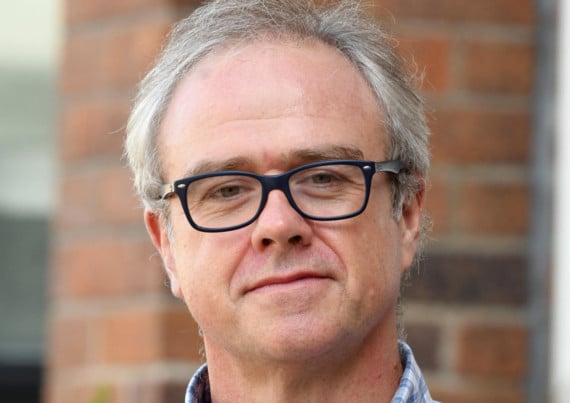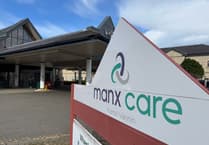We’re used to hearing the mantra ’test, trace, isolate’.
The ’testing’ part tends to grab the headlines. But when it comes to controlling outbreaks of coronavirus, it’s only half the battle, writes Dave Kneale.
The real trick is using testing to track the spread in the community and isolate anyone who might be at risk.
This is what ’breaking the chain of infection’ really means; to do it, you need a solid contact tracing system.
This week, the Isle of Man’s tracing infrastructure is moving to a new phase.
’Test, trace, isolate is the only way of managing and beating this until there’s a treatment or a vaccine,’ explained Dr Gregor Peden, chief clinical information officer for the Department of Health and Social Care.
’As soon as you get a positive case you lockdown any contact closely associated with that person, so that in 14 days’ time the virus has effectively burned itself out.
’If you replicate that process for every positive case you pick up, you start to gain a level of control over the spread.’
This process is how the Isle of Man was able to suppress the first wave of coronavirus.
The island has some natural advantages, not least the option to close the border.
After that it was about chasing down the local outbreaks and isolating anyone who might have been at risk.
Testing and tracing programmes can’t do everything: asymptomatic cases may never be tested, while positive cases might get a negative result if they’re tested at the wrong time.
The incubation period can be as long as 21 days; even with a ’normal’ incubation period of up to 14 days, the fastest testing and tracing regime will always be running a few days behind the infection.
Nevertheless, this is how you do it. The countries that have been most successful in managing the Covid-19 pandemic so far - be it South Korea, Germany, Taiwan or New Zealand - have used their testing as a means of tracking the spread of the community through contact tracing programmes.
Tracing is headline news in the UK: on March 12, the notorious decision was made to stop community testing and contact tracing.
At that point the UK lost any control over the spread of the virus.
It has, to borrow a phrase, been trying to ’take back control’ ever since.
In the Isle of Man, however, DHSC has continuously tested in the community, suppressed the first wave of infection, commissioned its own testing lab and used the time to continually develop the contact tracing operation that is now in place.
Combined with the on-island testing facility, it’s now possible to test and trace up to 200 people in 36 hours.
The upgraded infrastructure is geared towards a simple objective: detect and isolate any coronavirus outbreak, wherever it arises, and prevent widespread community transmission. It’s the same ’test, trace, isolate’ mantra that we’ve heard from the beginning, but running at a much higher intensity.
Before coronavirus, the contact tracing team comprised two nurses and an environmental health officer, who usually dealt with cases of food poisoning, sexually transmitted infections or diseases such as tuberculosis.
Systems had to be developed at speed to cope with the pandemic, including the creation of a database and recruiting a team of investigators.
According to Kevin Willson, senior investigating officer for the new-look contact tracing service, the systems are constantly being refined.
’Our purpose is to protect life and support the economy as it reopens’, he told the Examiner.
’The contact tracing regime needs to be in place to facilitate that, and we’re trying to make sure that it’s as robust and effective as possible.’
In the latest upgrade, the Covid 111 helpline and the new investigations team have teamed up to create a more streamlined process.
From this week, rather than waiting for a positive result, tracing will commence as soon as anyone with symptoms is referred for testing.
The investigations team will work with the patient to compile a list of possible contacts in advance, so that the calls can begin the moment that any positive case is confirmed.
Those that are deemed to be at high risk of infection will be instructed to self-isolate for 14 days.
As lockdown measures are gradually lifted, having a robust ’test and trace’ system is the key to preventing the virus from taking hold in the community again.
’The whole purpose of this is to rapidly identify and suppress the virus as fast as we can to stop the onward transmission’, Mr Willson said.
’We’ve been looking at the next steps, like how to make this service sustainable and have the confidence that we can meet any future demand.
’That could be in the next hour, in the next few weeks or even months from now, we just don’t know with this virus.’

.jpeg?width=209&height=140&crop=209:145,smart&quality=75)


